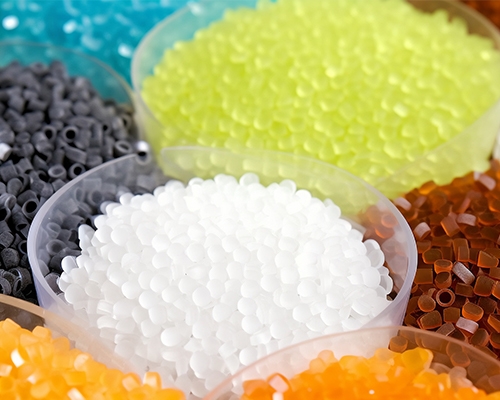Titanium dioxide is currently the best white pigment known among all white pigments. It is called “the King of Whites”. It is widely used in paints, coatings, plastics, rubber, pipes, PVC, color masterbatches, papermaking, chemical fibers and cosmetics as well as food. Plastics are the second largest user of titanium dioxide, accounting for about 20% of the total world demand for titanium dioxide. Among the over 500 titanium dioxide brands worldwide, more than 50 brands are specifically for plastics. For titanium dioxide used in plastics, it is required that the particles be fine, with good dispersion performance; good heat resistance and light resistance, and no color change during the heating process of plastic molding and the exposure to sunlight and usage of the finished products. The particle size of most titanium dioxide used in plastics is relatively fine.
Adding titanium dioxide to plastics can enhance their heat resistance, light resistance and weather resistance, thereby improving the physical and chemical properties of plastic products, strengthening their mechanical strength and extending their service life.
Titanium dioxide plays two major roles in the plastic industry. One is its basic use as a white pigment, providing a covering effect (white coloring); the other is to prevent ultraviolet rays, being used as an ultraviolet screen agent to provide good weather resistance for outdoor plastic products. The titanium dioxide used in the production of ordinary plastics does not require weather resistance and focuses more on the requirements for pigment performance.
Due to the characteristics of plastic products, the issues to be considered when choosing titanium dioxide for them are different from those when selecting other coatings, inks, paints, etc. Mainly, the choice between anatase-type and rutile-type titanium dioxide should be made in accordance with the technical requirements of plastic products.

